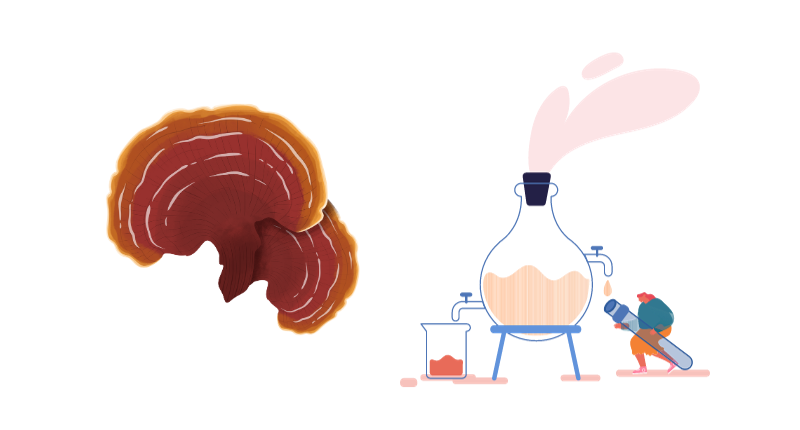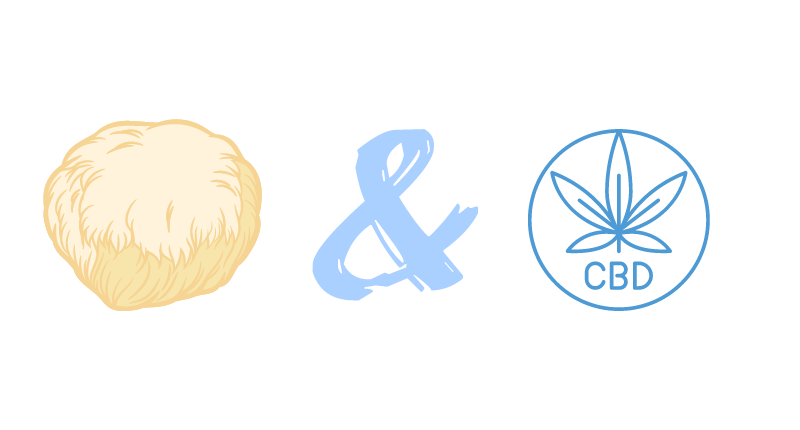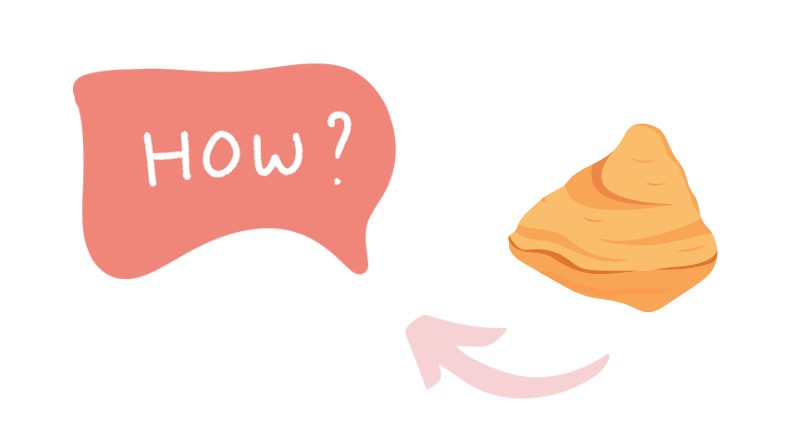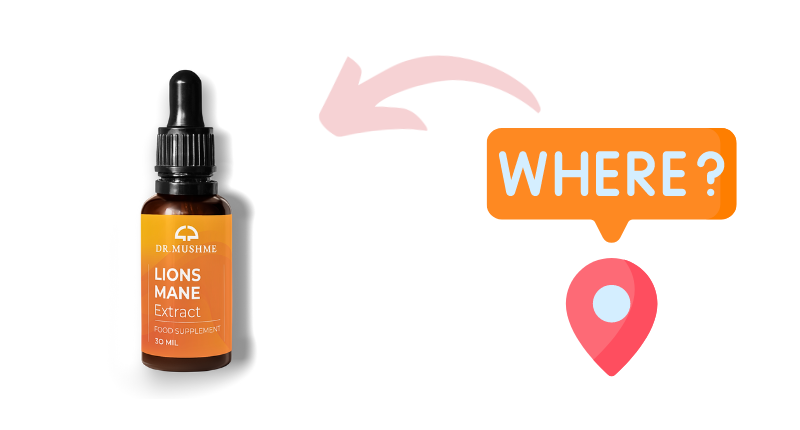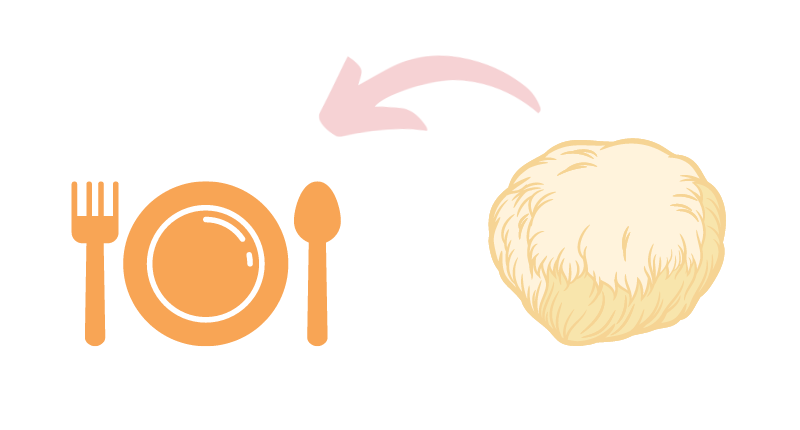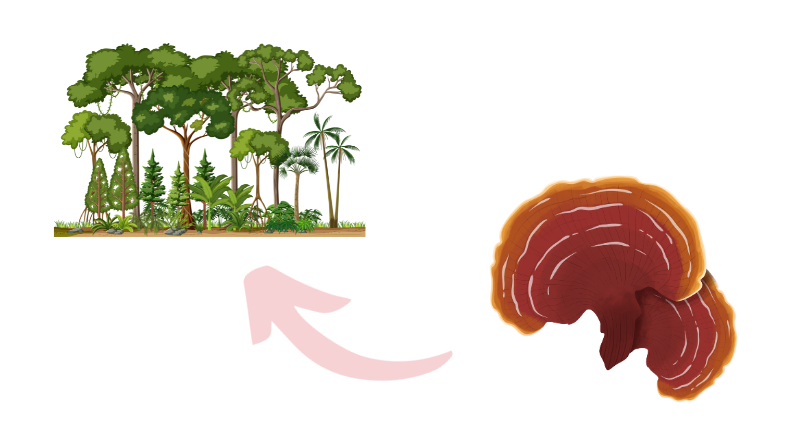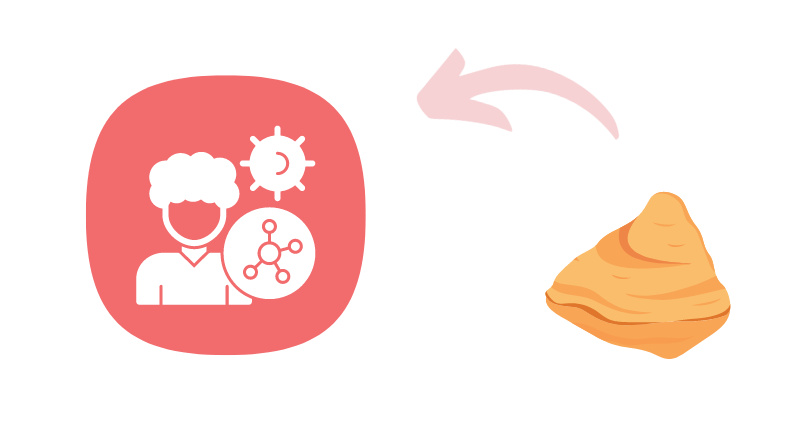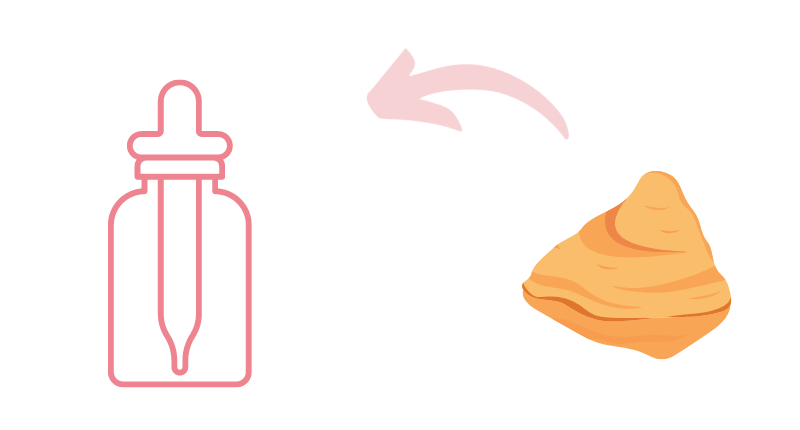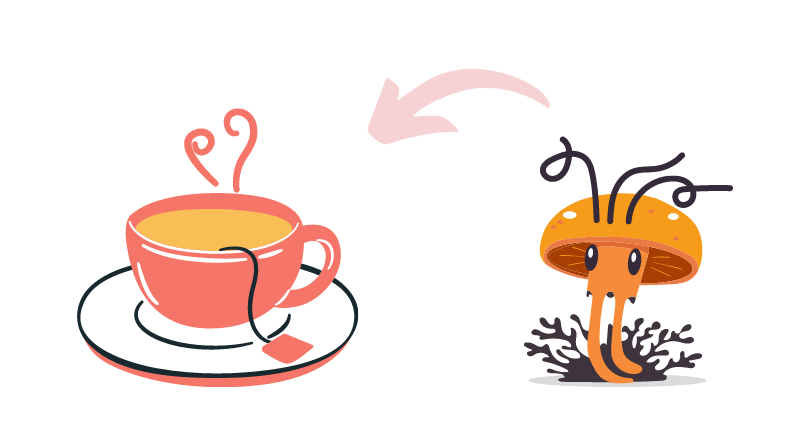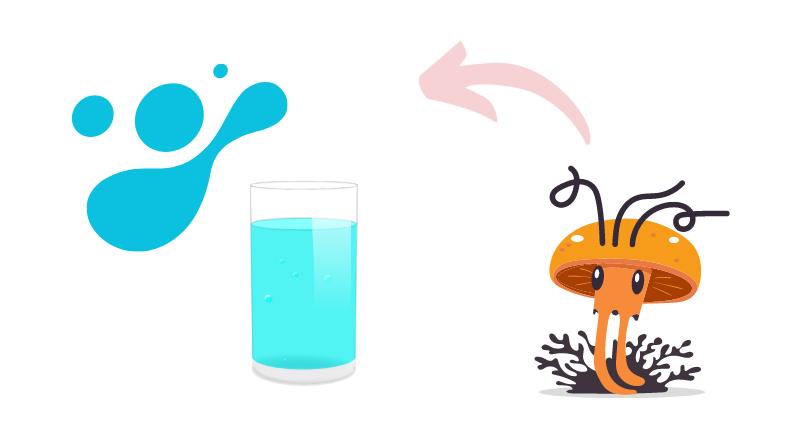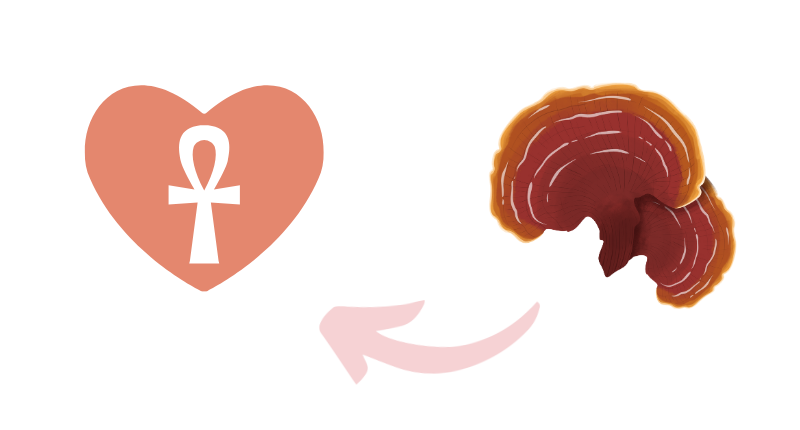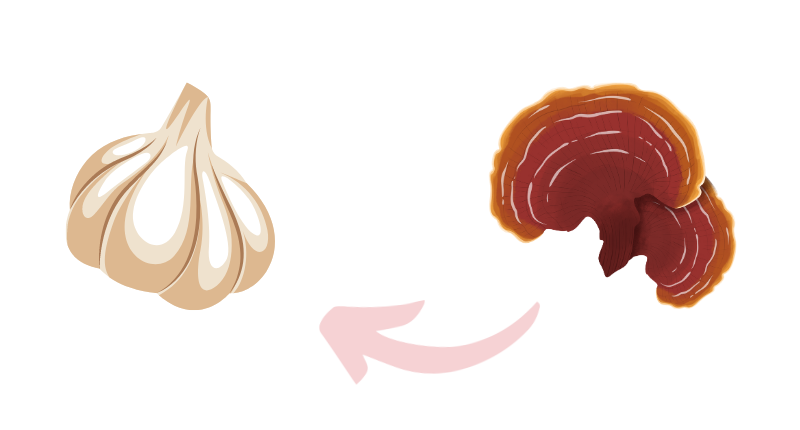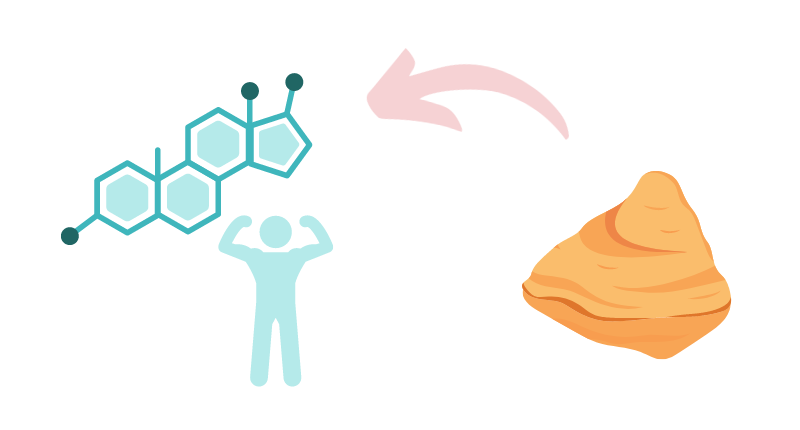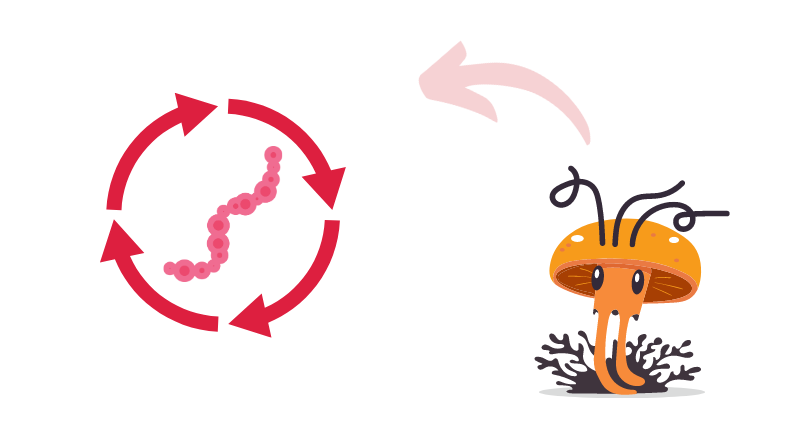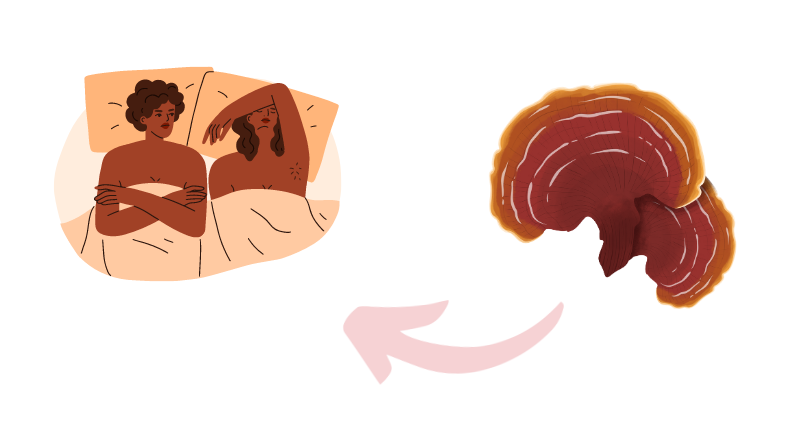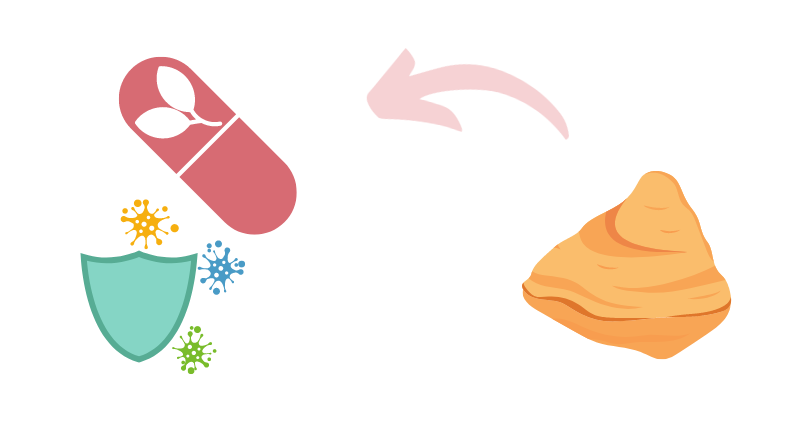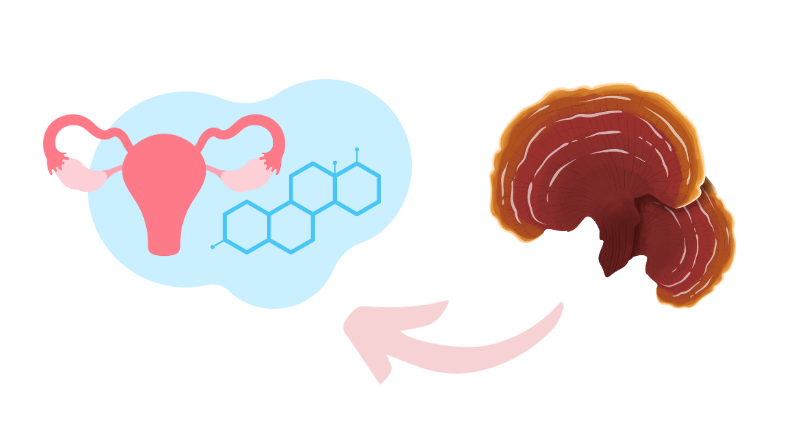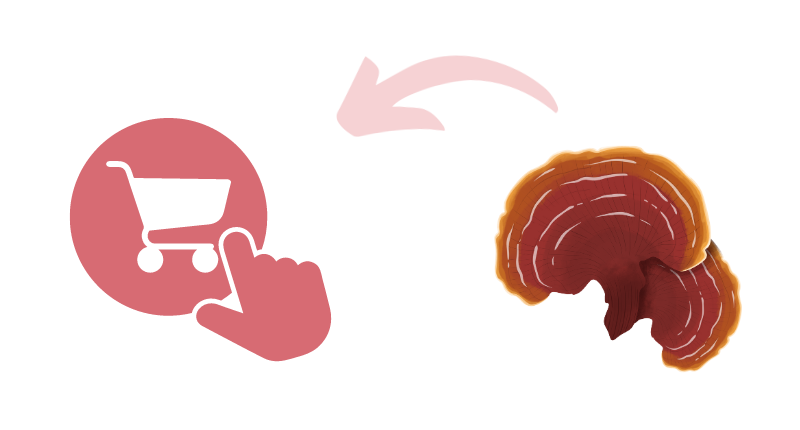Ganoderma lucidum, more commonly known as Reishi mushroom is a natural nootropic which is gaining a following in the health and wellness markets for all the right reasons. Nootropics are a branch of mushrooms worth exploring if an individual is in search of holistic, natural additions to their food diet [1].
The pull towards non-pharmaceutical options such as nootropic mushrooms, hemp supplements and many others are prevalent in 2024 and showing no sign of stopping. People, with more access to knowledge than ever before, are very aware of the negative side to some prescription medication.
The herbal medicine of the ancients and practices of Eastern, traditional medicine such as Ayurveda for example are all seeing a resurgence due to the increased interest in what nature has to offer us humans.
The purpose of this article is to help those wishing to include reishi regularly in their diet, choose how best to do this. Should you add the raw mushroom to dishes? Or add it by way of a supplement. If so, which form is best? We will answer all these important questions and more, so let’s get into it.
THE POTENTIAL BENEFITS OF REISHI
The branch of nootropic mushrooms are non-psychedelic and non-toxic which make them safe and suitable for daily supplementation. With better quality options making their way to the market in 2024, there are a range of reasons to consider taking a nootropic mushroom supplement.
Brain Health: One clinical trial review looks at the potential for nootropic mushrooms in the treatment of neurogenerative disease, focusing in particular on their bioactive compounds and their effects on the brain [2].
Cancer Therapy: Another study looks at the potential of reishi mushroom in the therapy and treatment of cancer [3] while a second focuses on the antitumor, antimicrobial, antioxidant, and antiacetylcholinesterase effects of terpenoids and polysaccharides which are found in Ganoderma Lucidum [4].
Anxiety & Sleep: While research is still limited, reishi is anecdotally cited for its sleep, relaxation and general stress relief benefits. One research study focuses on how reishi helps prolong sleep in rats [5]. This indicates a potential sedative-hypnotic activity which could be beneficial for managing sleep disorders and possibly anxiety in people too.
Anti-inflammatory: The anti-inflammatory properties of compounds found in reishi fungi are outlined in another research study which reviews the overall benefits various studies have potentially found [6].
THE BEST WAY: LIQUID EXTRACT
Why choose liquid extract over all others? Well, simply because it is the best. Let us explain. If you don’t want to grow or forage for your mushrooms or buy a raw form, then you will need to supplement. Liquid extract is arguably even better than eating the flesh of the fungi.
But why? Liquid extract is ideally dropped under the user’s tongue. This is the ultimate site of absorption for such supplements as here the beneficial compounds can absorb quickly and fully through the mucous membrane of the gums and into the body. No digestion needed and no compounds lost to digestive processes!
DR. MUSH ME: REISHI DROPS
Dr. Mush Me source our reishi mushroom from within the continent of Europe to ensure it meets industry standards and exceeds the expectations of our customers. We use only the fruiting body of the mushroom to extract the beneficial compounds from the mushroom. A high-tech extraction process called ultrasonic assisted extraction is used to do so.
We then use these extracted compounds to create our potent reishi mushroom drops, creating a liquid extract form which is highly bioavailable. Food grade ethanol and purified water are the only other ingredients in our liquid extract supplement. No fillers or grains are added.
MORE READING: REISHI MUSHROOM & EPILEPSY
RAW & EDIBLE
The edible mushroom in its natural setting, typically appears as a large and glossy fungus. Its cap is fan or kidney-shaped and often exhibits a striking varnished appearance. The colour of the cap can vary but usually it appears as a deep red to a more subdued brown or even darker in some cases.
The surface is often shiny and can appear almost lacquered, which is a unique characteristic of this mushroom! Underneath the cap, instead of gills, Reishi has tiny pores from which it releases its spores. These pores are usually white, contrasting with the darker cap.
The texture of the mushroom is woody and tough, quite different from the soft, fleshy texture commonly associated with many edible mushrooms which may put some people off eating them as part of their diet. A supplement for those people may prove an easier method of adding this mushroom to your daily diet.
WHERE CAN I FIND IT IN NATURE?
If you want to go foraging for some reishi you will have to plan your picking carefully as you won’t find it just anywhere. Typically found growing on hardwood trees in different regions of Asia, North America, and Europe, Reishi mushrooms flourish in temperate and subtropical forests. Mostly they thrive and grown in environments that are moist and wooded.
This nootropic fungi can often be found growing at the base of trees or on tree stumps, as it is saprotrophic – feeding on dead or decaying wood. However, it can also display parasitic characteristics, living off trees and ultimately contributing to their decay.
POWDERS & CAPSULES
Powdered forms of nootropic mushrooms were for a long time the only way to supplement with such fungi. Supplies of quality supplements were and still are in some parts of the world largely limited and low-quality. Grains are often used as fillers to create such powders and capsules. A lot of the time the quality is questionable, and the source of the mushroom is too.
Naturally powders, capsules and other edible forms need to be digested by the body first, before releasing their goodness. Which is another reason why the positives of this form wane. If you can manage to source a high quality, clean option good for you, but we warn you in advance this may be a challenge.
REFERENCES
- Wachtel-Galor, S., et al. (2011). “Herbal Medicine: Biomolecular and Clinical Aspects. 2nd edition.” NCBI Bookshelf. Link
- Sissi, W., & John, Y. (2020). “The potential role of mushrooms in preventing and treating neurodegenerative diseases: A review.” Journal of Nutritional Health & Food Engineering. Link
- Jin, X., et al. (2012). “Ganoderma lucidum (Reishi mushroom) for cancer treatment.” National Library of Medicine. Link
- Cör, D., Knez, Ž., & Hrnčič, M. K. (2018). “Antitumour, antimicrobial, antioxidant and antiacetylcholinesterase effect of Ganoderma Lucidum terpenoids and polysaccharides: A review.” Molecules. Link
- Cui, X. Y., et al. (2012). “Extract of Ganoderma lucidum prolongs sleep time in rats.” Journal of Ethnopharmacology. Link
- Wachtel-Galor, S., et al. (2011). “Ganoderma lucidum (Lingzhi or Reishi): A Medicinal Mushroom.” In Herbal Medicine: Biomolecular and Clinical Aspects. 2nd edition. Link

